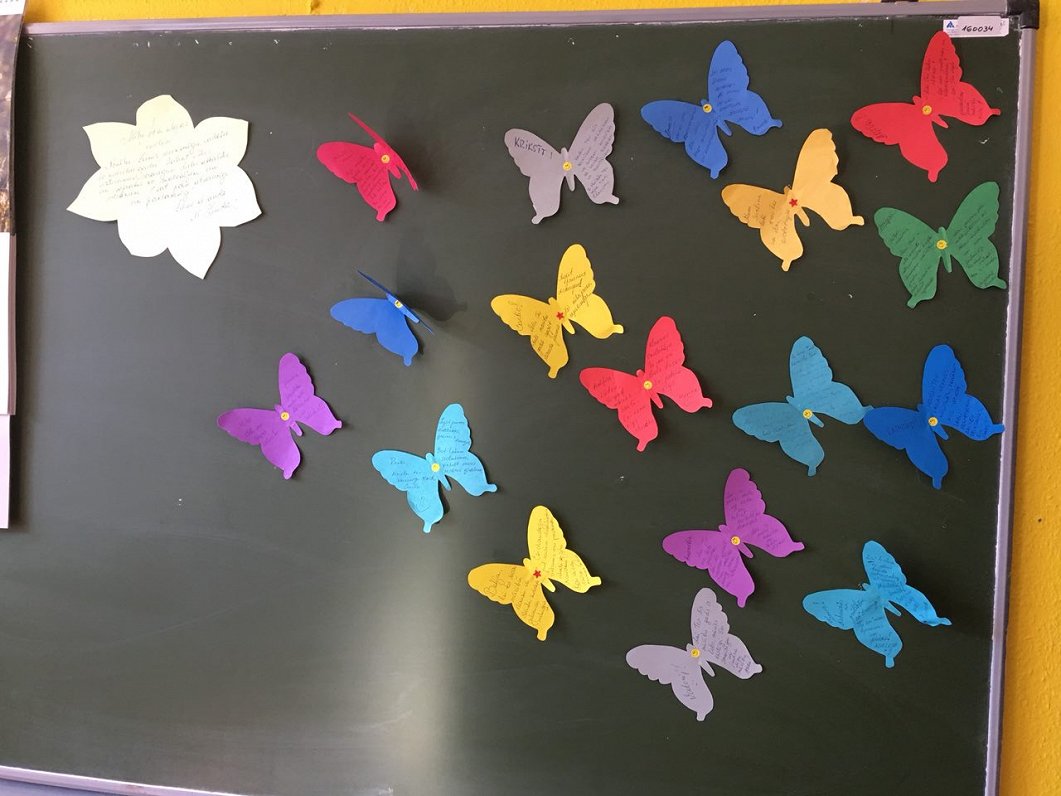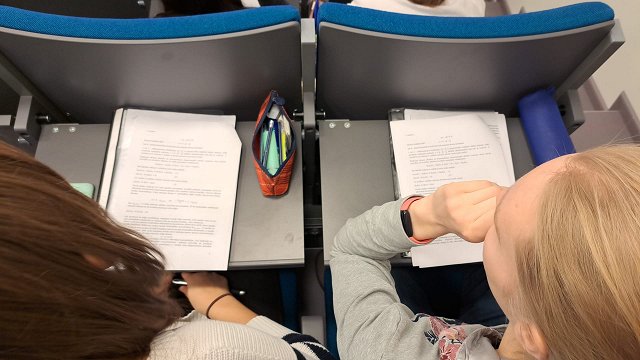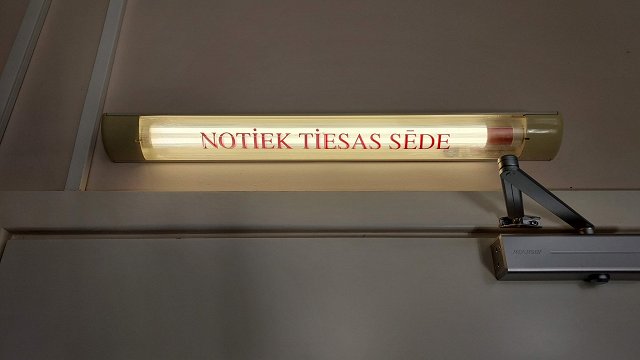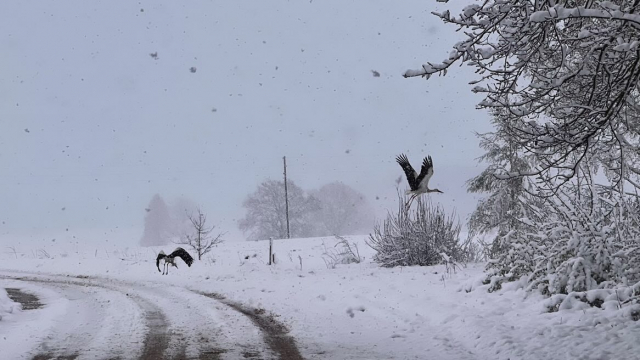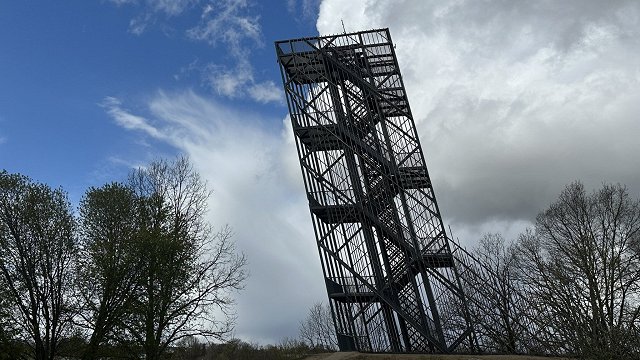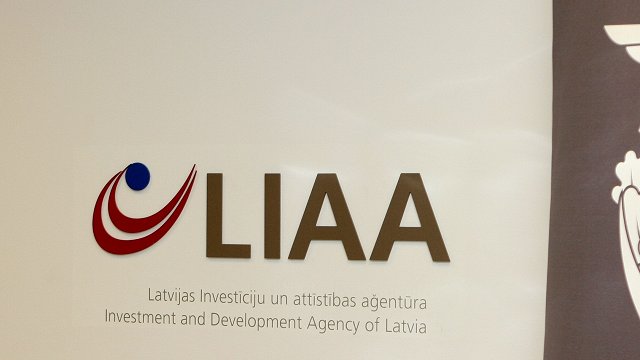One of the blocs contains Latvia’s cities with at least 50,000 residents: Riga, Daugavpils, Liepaja and Jelgava. In this bloc, primary schools (grades 1-6) should have at least 400 pupils with three classes in each grade and 22 pupils in each class on average, lower secondary school (grades 7-9) should have at least 450 pupils with two classes in each grade and 25 pupils in each class, and secondary school (grades 10-12) should have at least 150 pupils with two classes in each grade and 25 pupils in each class.
The second bloc is development centers of administrative territories. In this bloc, primary schools should have at least 300 pupils with two classes in each grade and 25 pupils in each class on average, lower secondary school should have at least 360 pupils with two classes in each grade and 20 pupils in each class, and secondary school should have at least two classes in each grade and 20 pupils in each class.
The third bloc is territories of counties. The minimum number of pupils in primary school should be 35 with six pupils in class on average. Such primary schools should be operated as branches of other educational institutions without their own administration, and these schools should ensure also pre-school education programs. Lower secondary schools should have at least 80 pupils with nine pupils in class on average, while secondary schools should have at least 45 pupils with 15 pupils in class.
The last bloc includes territories close to the EU border and territories where the distance to the next educational institution is at least 25 kilometers. In this bloc, primary schools should have at least 15 pupils with five pupils in each class on average. Also these schools should be operated as branches of other educational institutions without their own administration, and they should ensure also pre-school education programs. Lower secondary school should have at least 70 pupils with eight pupils in each class, and secondary school should have at least 30 pupils with ten pupils in each class.
Education and Science Minister Ilga Šuplinska (New Conservative Party) said that the proposal and the criteria have been handed to local governments for assessment. She said that the ministry’s proposal might be adjusted accordingly after local governments share their opinion. The ministry plans to present the new vision on the school network in the middle of May and the new system might be introduced in September 2020.
Meanwhile the Latvian Trade Union of Educational and Scientific Workers (LIZDA) is continuing to threaten strike action in September unless pay demands are met.
Union leader Inga Vanaga said Minister Šuplinska was "playing with fire" by refusing to endorse pay rises the Unions say were promised to teachers by the previous government, describing the process as the "humiliation of educators".
Teachers have already held a series of demonstrations over the matter but are now threatening to step up their industrial action when schools return from the long summer holidays in September.
